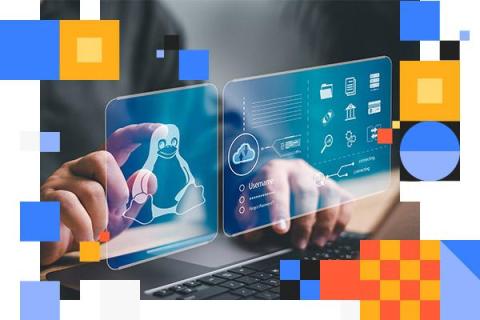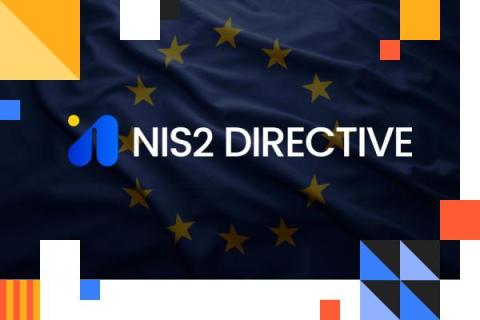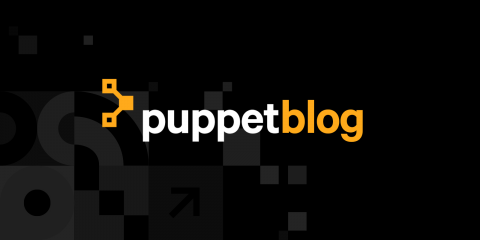Linux Security: Keeping Linux Machines Secure with Less Tinkering
Every operating system has its quirks, and Linux security is no different. Whether you’re on Team Penguin or running mostly Windows boxes (or a bit of both), you’ll need to take different steps to manage security on different OSes. Like any OS, Linux security comes with its own peculiarities, pitfalls, and best practices.










